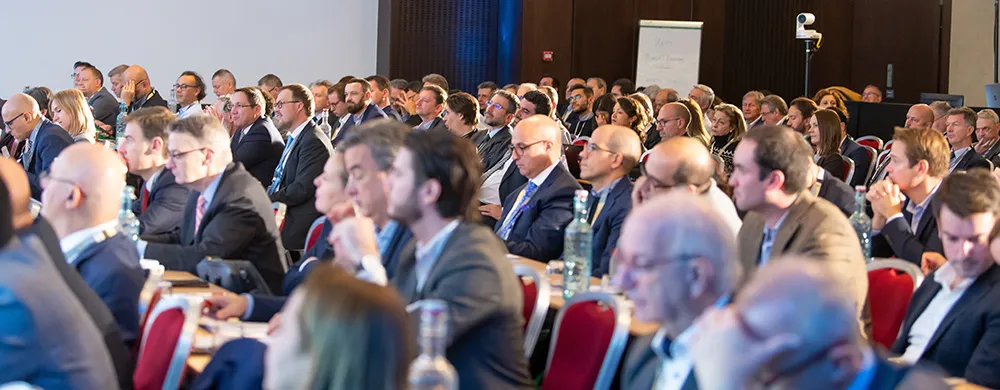Truck platooning is the linking of two or more trucks in convoy, using state-of-the-art connectivity technology and driving support systems. The truck at the head of the platoon acts as the leader, with the vehicles behind reacting and adapting to changes in its movement, requiring little or no action from drivers. The first real-life tests with truck platooning are already underway.
The roadmap provides an overview of the steps that are necessary to implement multi-brand platooning by 2023.
While manufacturers are already exploring the business case for truck platooning with the logistics sector, ACEA says certain conditions need to be met before 2023 are beyond the control of the truck industry, including strengthening cooperation between all stakeholders and policy-makers in particular.
At the same time, it will be imperative to get political support for promoting the wide-spread introduction of platooning. Governments should, for example, introduce incentives, such as toll and tax reductions, CO2 bonuses or flexibility in driving time, to stimulate the market uptake of truck platooning.
European truck industry gears up for platooning by 2023
Europe’s truck manufacturers have revealed a detailed timeline of steps leading up to the introduction of convoys of semi-automated trucks on Europe’s motorways before 2025, with the publication of the European Automobile Manufacturers’ Association (ACEA) report EU Roadmap for Truck Platooning. This also provides guidance to policy makers and authorities on the regulatory changes and political support necessary for cross-border truck platooning. Truck platooning is the linking of two or more trucks in convo
May 19, 2017
Read time: 2 mins
Europe’s truck manufacturers have revealed a detailed timeline of steps leading up to the introduction of convoys of semi-automated trucks on Europe’s motorways before 2025, with the publication of the European Automobile Manufacturers’ Association (6175 ACEA) report EU Roadmap for Truck Platooning. This also provides guidance to policy makers and authorities on the regulatory changes and political support necessary for cross-border truck platooning.








